Many Indian filmmakers, over the years, have given cine-goers artistic masterpieces coupled with a fantastic musical score. Sanjay Leela Bhansali happens to be one of the most important names in that regard — who is as much known for his grand music as for his larger-than-life films. In his garland of cinematic gems, the most recent and most anticipated addition is Padmaavat, starring Deepika Padukone, Ranveer Singh and Shahid Kapoor. [caption id=“attachment_4174643” align=“alignnone” width=“825”] 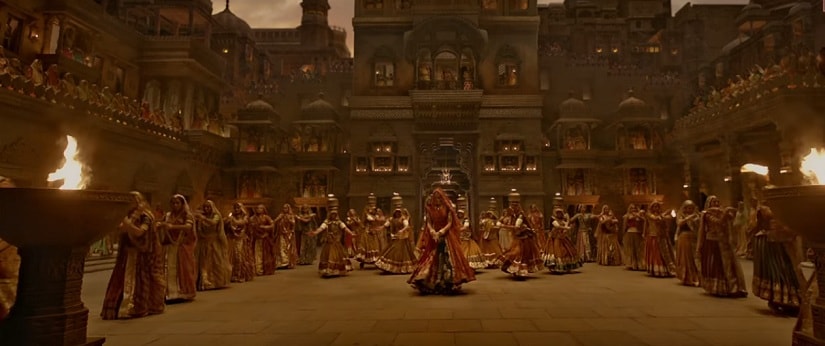 A still from the Padmaavat song ‘Ghoomar’. YouTube screengrab[/caption] With two songs from the film’s album — ‘ Ghoomar’ and ‘ Ek Dil Ek Jaan’ — already out, there’s more than enough reason to have a look at Bhansali’s journey from just being a filmmaker to now being a filmmaker-cum-music director. In a career (as a director) spanning more than two decades, Bhansali has delivered some memorable films ranging from Khamoshi, Hum Dil De Chuke Sanam (HDDCS), Devdas, Black, Guzaarish, Goliyon Ki Raasleela: Ram Leela, Bajirao Mastani (arranged in chronological order as per their date of release). Bhansali’s tryst with music has also evolved — collaborating with music directors to composing music for his own films is a feat that only Bhansali has been able to achieve. While the music of Khamoshi was composed by Jatin-Lalit, HDDCS and Devdas’s tunes were set by Ismail Darbar. Black was composed by Monty Sharma and following Guzaarish, Bhansali has taken the reins of musical notes in his own hands. Of all his films, the music of Khamoshi stands out, primarily because of the arrangement. The music directors of the film, Jatin-Lalit were a big name at the time and had already worked in a bevy of big-budget and highly successful films like Dilwale Dulhania Le Jayenge, Kabhi Haan Kabhi Naa, Raju Ban Gaya Gentleman, Khiladi and Jo Jeeta Wohi Sikander. [caption id=“attachment_4307381” align=“alignnone” width=“825”] 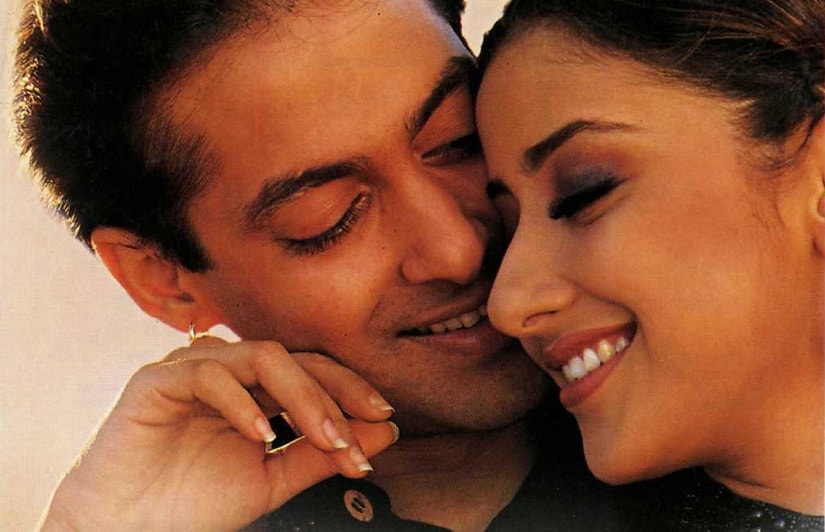 Cover of Khamoshi. Facebook[/caption] Following Khamoshi, Bhansali has always worked with newcomers. One common factor between Bhansali’s pre and post-Khamoshi days is Bollywood’s renowned playback singer Kavita Krishnamurthy. Having collaborated with Bhansali in Khamoshi, HDDCS and Devdas, Krishnamurthy observed Bhansali’s musical acumen quite keenly. Ismail Darbar, Kavita Krishnamurthy and Udit Narayan speak about working with Bhansali “Bhansali’s mother was a trained dancer and his father was also into films. So he was in an artistic background right from the childhood. He has an inbuilt sense of dance and he has developed his strong sense of music in the process of making his films. He has a very clear vision of what he wants, how he wants to picturise it and what emotions he wants to evoke in the song. I remember, he would be there for all the recordings. He had a say in every matter; he was not one of those directors who would quietly watch and let the song take its own birth. He was involved in every aspect of the song making,” says Krishnamurthy. Speaking about her experience on working in Bhansali films, Krishnamurthy adds, “In the 40 years that I have spent in the industry, the songs that I have sung for Bhansali (HDDCS and Devdas), in Ismail Darbar’s compositions, rank probably as some of the best ones in my career.” [caption id=“attachment_4309089” align=“alignnone” width=“825”] 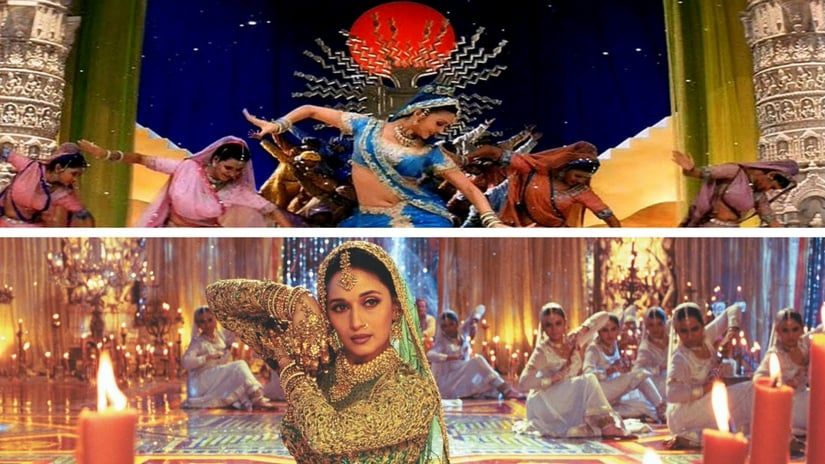 Stills of the song ‘Nimbooda’ from the film Hum Dil De Chuke Sanam (top); Maar Dala from Devdas (bottom). Facebook images[/caption] “I think he and Ismail vibed really well. Be it HDDCS title track, ‘Hamesha Tumko Chaaha’, ‘ Nimbooda’, ‘ Kaahe Chhed Mohe', ‘Maar Dala’— Ismail had got the pulse of Sanjay. They were so much in-sync when Ismail passed on the instructions to me, they were exactly what Sanjay wanted. They were much more than a director and a music director combo; they were very good friends in the first place.” Darbar, in fact, feels it is only Bhansali who does justice to his compositions. He explains, “Sanjay is a very good choreographer and he picturises the songs really well. So the kind of music that I make, only a director of Sanjay’s calibre can bring on to the celluloid. He doesn’t even leave a ‘ting’ note of my music — it can only come when you are that passionate about music. How else would you bring that amount of intensity and melody in your films?" Reminiscing about his early days, while working on HDDCS, Darbar talks about how they complemented each other. “During my struggle days, I would make everyone listen to the title track of the film [HDDCS], which happened to be a song that I really liked. But Sanjay was the first director who asked me to play it again. He said, ‘You have created a wonderful song.’ So both our choices struck and they turned out to be pretty similar. I felt he was the only one who gave my songs the amount of love and respect they deserved. After listening to ’Tadap Tadap’ around 9 times, he had said, ‘Ismail after this, I know how my film would progress; I know where will the interval be and where will the film end.’ Another singer who has extensively worked with the Bhansali-Darbar collaboration is Udit Narayan. “Directors of Bhansali’s standards are very few. I feel extremely privileged to have worked with him. His sense of music is impeccable. Take any of his films – be it Khamoshi, Devdas or Ram Leela, Bajirao Mastani — every musical piece, background, dialogue… they don’t let your eyes move away from the screen,” says Narayan. Recalling the recording sessions, Narayan especially mentions how Bhansali would keep an ear on the minutest details in the songs. “There were many instances in recording rooms like that of ‘Jaana Suno Hum Tum Pe Marte Hai’ of Khamoshi, or ‘Woh Chand Jaisi Ladki’ ( the song never made it to the film) from Devdas that I very well remember. Sanjay ji would always say, ‘I want 100 per cent result from you. So we used to work harder and pay more attention to the songs.” Revealing a not-very-well-known fact about HDDCS, Narayan says, “The song, Chand Chhupa Badal Mein’, was in the film for the first 10 days. Then one day Sanjay ji said, ‘Some people say that this song doesn’t work’ and eventually he removed it from the film for about 4-5 days. Later, the distributors came up to him and demanded the song to be added back as it was a popular track, which he later did." [caption id=“attachment_4309115” align=“alignnone” width=“825”] 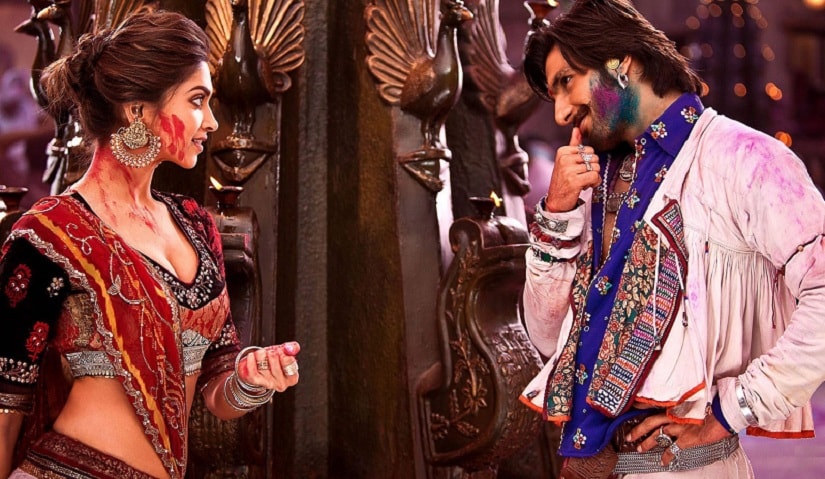 Still from the film Goliyon ki Rasleela: Ram Leela. Facebook image[/caption] Like father, son Aditya Narayan also has a great regard for Bhansali and holds him in high esteem. But, Aditya has seen that aspect of Bhansali which none of the others mentioned above have — the one where Bhansali composes for his own films. Having worked as an assistant director to Bhansali on Ram Leela, Aditya has been part of the whole process — from conceptualising a song to finally recording it. Elucidating the creative process of Bhansali, as witnessed during the making of Ram Leela, Aditya says, “Since he is also the music director of his film, he knows where exactly to bring in musical elements – like an aalap, taan, or any instrument for that matter. All of this would be pre-decided. He would do all this at the editing table when the film is already shot. He is so sorted with his screenplay, that when we are jamming he is literally creating a scene of his film." Bhansali’s affection to Indian classical, folk music Bhansali is indeed among the few who still holds the baton of Indian music loud and strong. The influence of Indian classical music and folk music on Bhansali is evident through his films’ discography. Be it the pure semi-classical numbers like '_ Albela Sajan', ‘Kaahe Chhed Mohe’, ‘Mohe Rang Do Laal’_; or the essentially folk-based songs like ‘ Dholi Taaro’, ‘Nimbooda’, ‘Dola Re Dola’, ‘ Pinga', ‘Nagaada Sang Dhol,’ ‘Lahu Muh Lag Gaya’ and much-recent ‘Ghoomar’— music aficionados will abide by the fact that Bhansali’s songs are musically richer (in the most high-brow perspective possible) and at the same time have immense mass appeal. And, that is a feat which is rather difficult to achieve in the mainstream cinema. [caption id=“attachment_4309097” align=“alignnone” width=“825”] 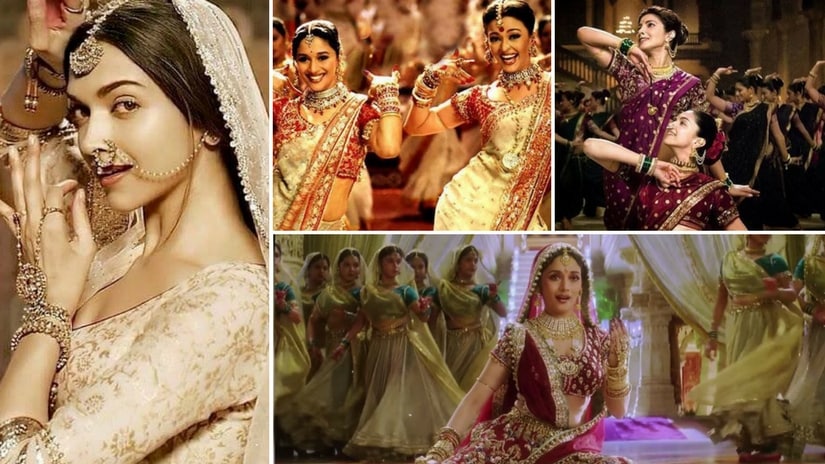 Clockwise: Stills of the songs ‘Mohe Rang Do Laal’, ‘Dola Re Dola’, ‘Pinga’ and ‘Kaahe Chhed Mohe’. Facebook images[/caption] Even the comparatively lighter songs like '_ Aankhon Ki Gusktaakhiyaan', ‘ Jhonka Hawaa Ka', ‘ Bairi Piya’, ‘ Silsila Ye Chaahat Ka’, ‘Jab Se Tere Naina’, ‘Yoon Shabnami’, Thode Badmaash’, ‘ Laal Ishq', ‘ Aayat’, ‘ Deewani Mastani’_— are deeply rooted in Indian music. That is also one of the reasons behind the magnificence he is able to bring into his films. In other words, the grandeur of his film’s music is indeed an extension of his larger-than-life films. An insider from the Bollywood music industry, on the clause of anonymity, explains Bhansali’s acumen of blending Indian music to mainstream cinema. “More than the composition of the song, what really matters is how the instrumentation is done. Bhansali deliberately makes Indian classical arrangements. Much like SLB’s characters, his films’ music is also very Indian, rooted to Indian folk, set in a classical arrangement. Because he has given you such songs and people have liked it again and again, you can’t remove a ‘Nimbooda’, ‘Dola Re Dola’ or an ’Udi Udi’ from Bollywood’s musicscape." When Bhansali took the risky route and yet succeeded It isn’t that Bhansali has always stuck to his tried-and-tested formula. While he has given mammoth hits — in terms of cinema and music both — with films like HDDCS, Devdas or a Bajirao Mastani which are true-blue Indian flavoured delights, he has also had his own fair share of experiments. Films like Black, Guzaarish, or even Khamoshi were based on Anglicised households, English-speaking characters — a demographic sample seldom explored in Indian films, let alone being successful. But Bhansali aced at that too; like his films, the songs from the movies also enjoyed mass popularity. A film like Black with no on-screen songs at all, boasted of a classic like ‘ Haa Maine Chhukar Dekha Hai' that still gives goosebumps to any listener. Khamoshi’s songs — ‘ Aaj Main Upar’, ‘ Yeh Dil Sun Raha Hai', ‘ Aankhon Mein Kya' — encapsulated the spirit of the film and its characters. [caption id=“attachment_4309101” align=“alignnone” width=“825”] 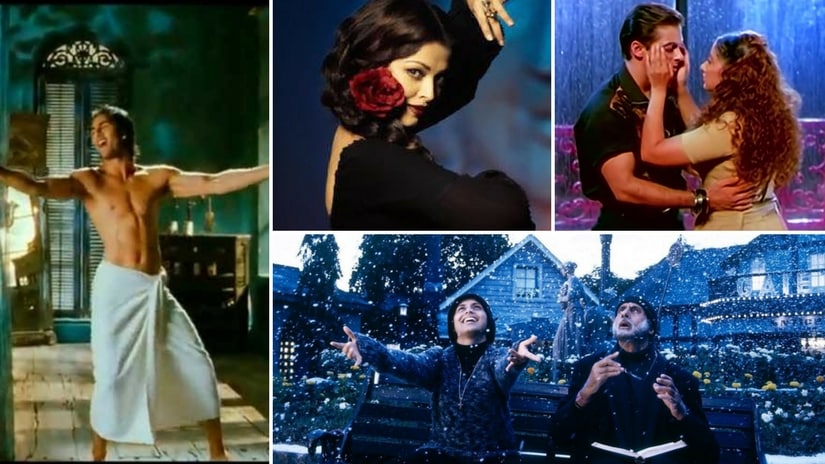 Stills from (clockwise): Saawariya, Guzaarish, Khamoshi and Black. Facebook images[/caption] Guzaarish, being an above-average performer at the box-office met with very positive reviews and critical acclaim. Some of the songs from the film — ‘Udi Udi’, ‘ Sau Gram Zindagi Hai’, ‘ Tera Zikr', ‘Keh Na Sakoon’ — definitely qualify to be among the bests of Bhansali’s music. Songs from Saawariya — the title track, ‘ Mashallah’ or ‘ Pari’ (a rather less-known song) — also beautifully blended to the film’s canvas. Whatever be the fate of the film, the songs of Saawariya were right at the top of music charts. And then again, Bhansali does know a thing or two about being on top of music charts.
Padmaavat marks the fourth film in Sanjay Leela Bhansali’s career as director-cum-music director after Guzaarish, Ram Leela and Bajirao Mastani.
Advertisement
End of Article


)
)
)
)
)
)
)
)
)



